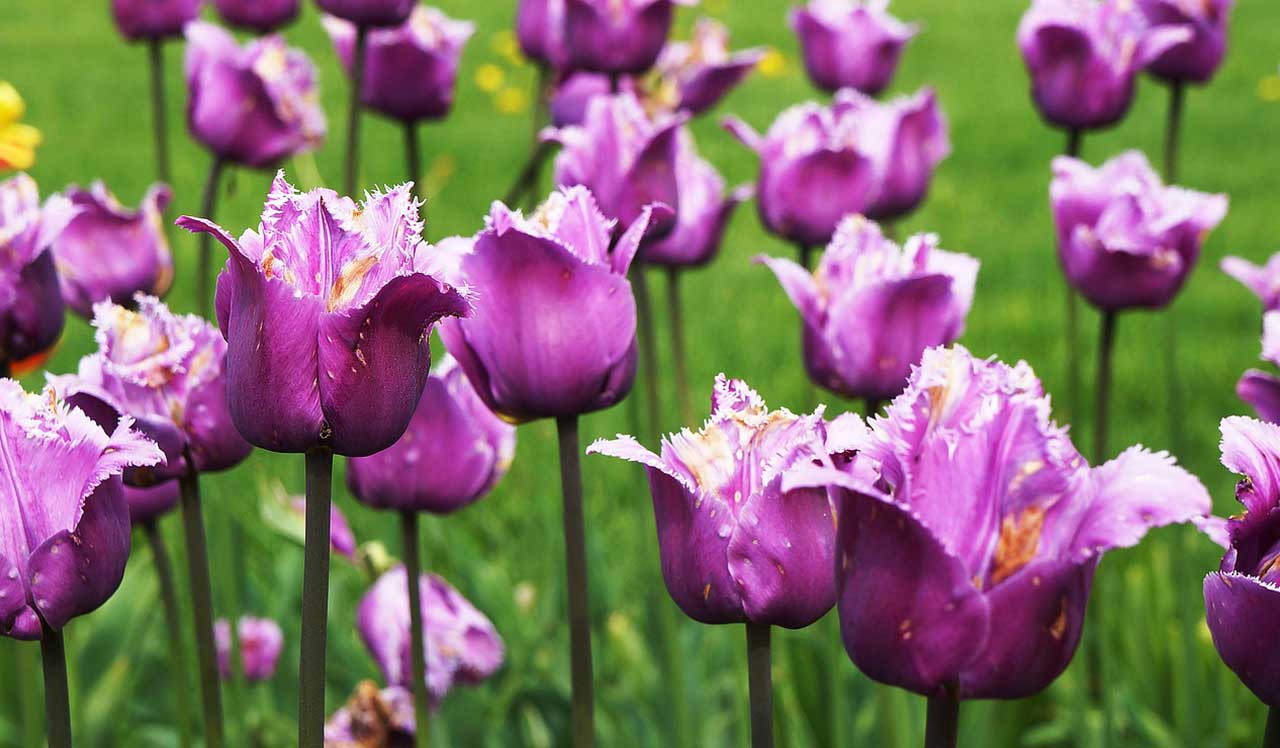January Gardening Tips Ocean County, NJ
Planning:
- Begin to use garden notes, photos and sketches to assess areas which need plants
- Determine types and quantities of plants to order
- Order plants from seed and nursery catalogues
Chores and Maintenance:
- Inspect ornamental trees and shrubs for scale insects
- If a thaw occurs, apply an antidesiccant to newly planted narrow-leaved or broad-leaved evergreens
- Check for frost heaving on perennials and cover with extra mulch as necessary
- Use wood ashes from the fireplace as a good source of potash
- Avoid the use of salt to melt snow, as it is toxic to most plants. Use sawdust, sand or cat litter instead
- Check on dahlia, canna and gladiolus bulbs for rotting and/or drying out
- Keep bird feeders filled throughout winter


Pruning/Fertilizing:
- Prune away storm-damaged branches promptly. This prevents tearing of the bark
- Prune forsythia, pussy willow, quince, etc. for forcing indoors
Indoors:
- When buying houseplants in winter be sure to wrap them well for the trip home. This prevents the foliage from freezing and protects tropicals from drafts
- Give houseplants as much light as possible as days grow shorter
- Provide houseplants with increased humidity; mist often or place plants over a tray of moist pebbles
- As house plants grow more slowly during winter, increase the time between waterings but do not cut back on the amount of water
- On frigid nights protect indoor plants from freezing; move them away from the glass or cover glass with thick newspaper or cardboard
- Continue to clean leaves of large and smooth leaved houseplants like dracaena, philodendron, ficus etc.
- Inspect houseplants for insect pests. Remove pests by hand and spray with insecticidal soap if needed
- Clean clay pots by soaking overnight in a solution of 1 gallon water, 1 cup of vinegar and 1 cup bleach
* These gardening tips are applicable for the southeastern New York region – USDA Plant Hardiness Zones 6a and 6b which include New York City, northern New Jersey, Rockland county, Westchester county, southern Connecticut and parts of Long Island. Plant hardiness zones refer to geographic areas where the growing season of plants is determined by the time of killing frosts in the spring and fall. If you live in a more southerly plant hardiness zone, you can start gardening earlier in the season or in more northerly zones, you can start later. Even within zones, climatic factors such as altitude, proximity to water, wind exposure, winter sun exposure and snow cover contribute to the existence of different "microclimates" and can influence plant adaptability.
Ready to start Landscaping?
Click Here



